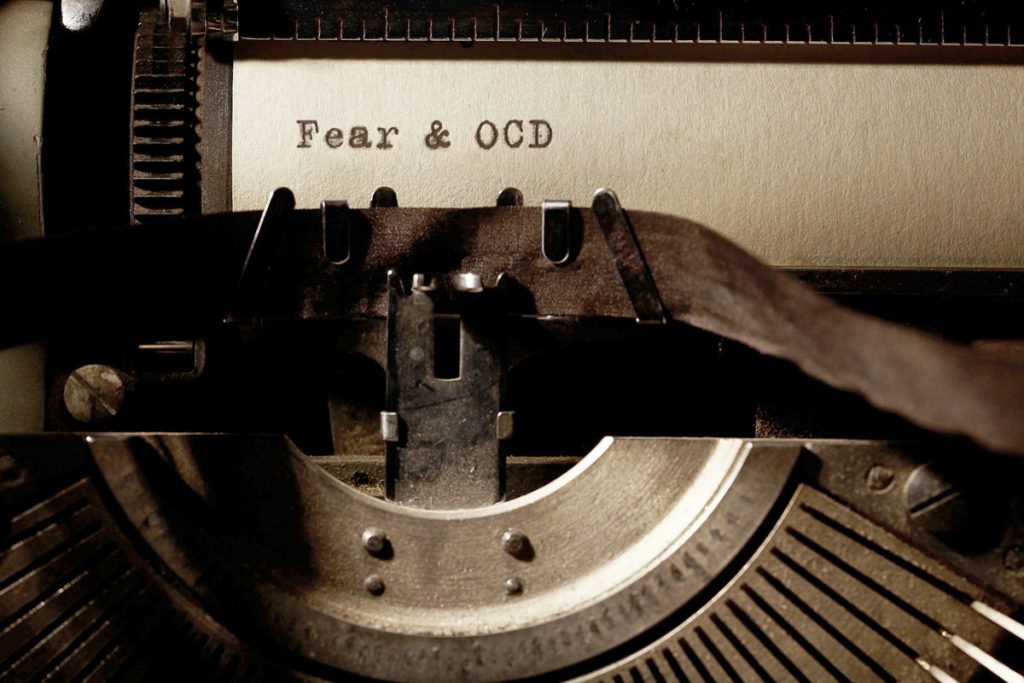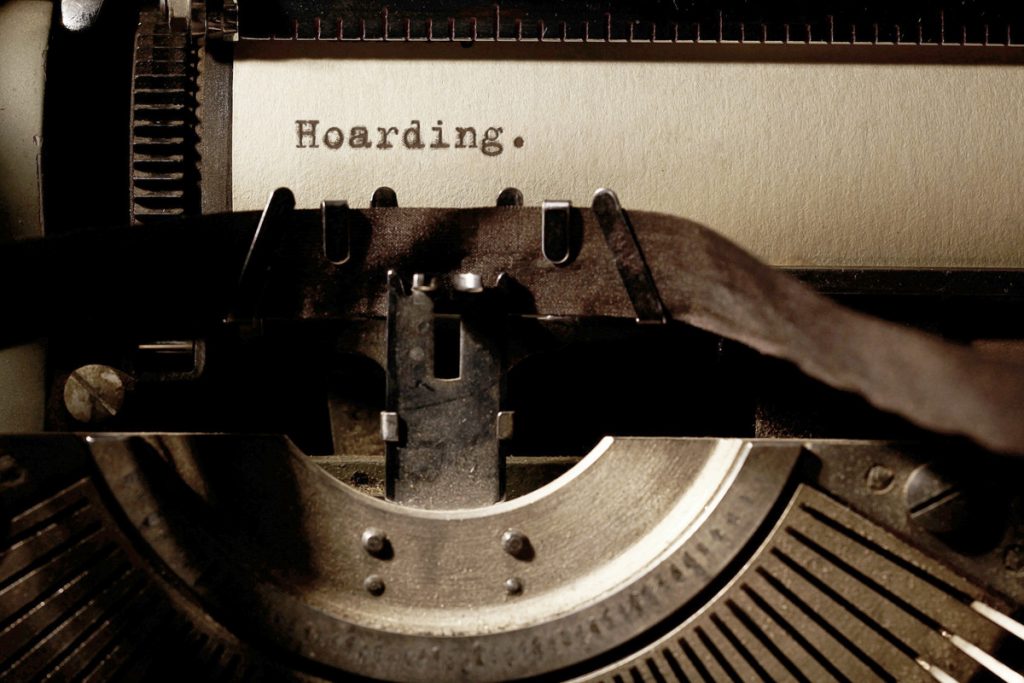
The Daily Struggles Of An OCD Sufferer – Germ Contamination
Living with Obsessive-Compulsive Disorder (OCD) is a daily battle, especially when the obsession revolves around germs and contamination. For those afflicted, the routine extends beyond normal hygiene practices into a realm where cleanliness is intertwined with anxiety, fear, and relentless rituals.
Other forms of OCD manifest in various rituals beyond germ contamination, each accompanied by intense fears of catastrophic outcomes if the rituals are not performed correctly or timely. For instance, individuals with checking OCD may repeatedly ensure that doors are locked or appliances are turned off, fearing that failure to do so might result in a burglary or fire. Those with symmetry OCD might arrange objects in a specific order to prevent a vague sense of disaster. Similarly, individuals with intrusive thoughts of OCD might engage in mental rituals or seek reassurance to neutralize distressing thoughts. The underlying fear is that neglecting these rituals will lead to something devastating happening, causing paralyzing anxiety and intrusive thoughts that disrupt their daily lives.
Here’s a glimpse into the day of a person with germ contamination OCD and the myriad of tasks they must complete to feel a semblance of peace.
Morning Routine: The Prelude to the Day
- Waking Up: The day begins with a mental checklist of all the cleaning tasks ahead. Before getting out of bed, many will ensure their hands are sanitized to avoid contaminating their bedding.
- Bathroom Rituals: Entering the bathroom is not a simple task. Each surface, from the faucet handles to the toilet seat, must be disinfected before and after use. Showers are thorough, sometimes extending to an hour as the person meticulously scrubs every inch of their body.
- Brushing Teeth: Even brushing teeth involves disinfecting the toothbrush and the area around the sink. They might use boiled water for rinsing to avoid any perceived contaminants.
Preparing for the Day: Cleaning and Disinfecting
- Dressing Up: Clothes are often freshly laundered, with some individuals preferring to iron them for additional assurance. The wardrobe itself may be disinfected regularly to keep clothes contamination-free.
- Work Surface Cleaning: Whether working from home or preparing to leave, the immediate environment is cleaned. Desks, computer keyboards, and phones are wiped down with disinfectant wipes to eliminate any lingering germs.
- Preparing Meals: Kitchen routines involve disinfecting countertops, utensils, and even the handles of appliances. Some may wash food packaging items excessively to ensure they are germ-free.
Navigating the Outside World: A Minefield of Germs
- Leaving Home: Before stepping out, hand sanitizers, disinfectant wipes, and gloves become essential. Touching doorknobs, railings, or even elevator buttons is a significant source of anxiety.
- Public Spaces: In public areas, they might avoid touching surfaces directly. Handling money, opening doors, or using public restrooms are activities fraught with stress and are often accompanied by immediate hand sanitization.
Social Interactions: A Test of Boundaries
- Personal Space: Allowing others into their personal space is a major discomfort. Friends and family must often adhere to strict hygiene standards before visits, or they might be politely asked to maintain a distance.
- Personal Belongings: Others touching their belongings can trigger intense anxiety. Items like furniture, phones, books, computers, and even remote controls are often off-limits to others to prevent perceived contamination.
Evening Routine: Returning to Safety
- Returning Home: Upon re-entering their home, a complete decontamination process begins. Clothes worn outside are immediately washed, and a thorough shower follows. Items brought from outside are disinfected before being placed within the home.
- Evening Relaxation: Finally, they attempt to unwind. This might involve another round of cleaning work surfaces and ensuring their living space remains uncontaminated.
The Unseen Struggles
- Mental Exhaustion: The day is filled with relentless mental checklists, second-guessing, and anxiety over missed steps. The fear of contamination is omnipresent, making relaxation challenging.
- Social Impact: Interpersonal relationships can be strained due to the constant need for cleanliness and the avoidance of social gatherings that could lead to contamination.
- Physical Toll: The rigorous cleaning can lead to physical exhaustion, skin irritations from frequent washing, and other health issues from the overuse of cleaning agents.
Finding Peace: Small Victories
For an OCD sufferer with germ contamination fears, moments of peace come in small victories. Successfully completing their cleaning rituals, ensuring their space is uncontaminated, and maintaining their hygiene standards bring a sense of control and temporary relief.
Conclusion
Understanding the day in the life of someone with OCD centered around germ contamination highlights the profound impact this disorder has on daily living. The constant battle with unseen germs and the relentless pursuit of cleanliness define their existence, influencing every action and thought. Empathy, support, and awareness are crucial in helping these individuals navigate their world while seeking treatments that can offer lasting relief.
For individuals with OCD centered around germ contamination, the fear of something bad happening if their rituals are not performed can be overwhelming. This fear drives meticulous cleaning and disinfecting practices as a means to ward off perceived dangers.
Renata, the editor of DisabledEntrepreneur.uk, exemplifies this struggle, opting to socially disconnect from the outside world to maintain her sense of control and safety. She only greets delivery drivers and couriers from a distance, avoiding physical interaction whenever possible. The prospect of having contractors in her home is intensely stressful, as it threatens to disrupt her sanitized environment and quarantined personal space. This pressure exacerbates her symptoms, reinforcing her preference for minimal contact and social isolation.
Proposing talk therapy vouchers as a substitute for Personal Independence Payment (PIP) is not a viable solution for individuals with mental health disorders. These individuals often face increased living expenses that go beyond the scope of therapy. For example, those with OCD or anxiety disorders may spend significantly more on heating, electricity, and water, to maintain a comfortable and safe environment, as well as cleaning supplies to adhere to their rigorous sanitation rituals. Additionally, they might incur higher costs for healthcare, specialized dietary needs, and home modifications to create a secure space. These extra expenses highlight the necessity of PIP payments, which provide crucial financial support that extends beyond the benefits of therapy alone.



















